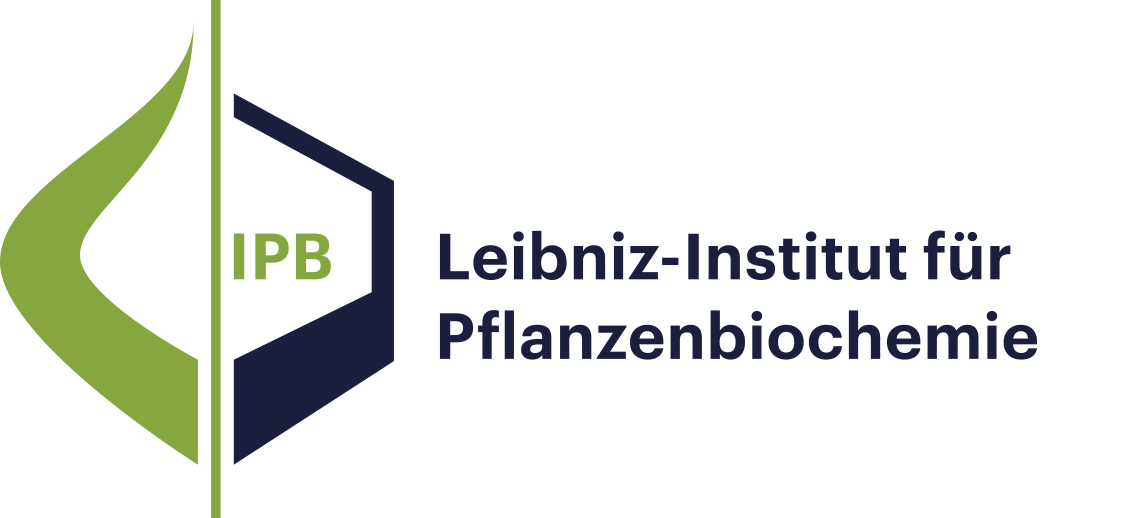- Ergebnisse als:
- Druckansicht
- Endnote (RIS)
- BibTeX
- Tabelle: CSV | HTML
Publikation
Publikation
Leitbild und Forschungsprofil
Molekulare Signalverarbeitung
Natur- und Wirkstoffchemie
Biochemie pflanzlicher Interaktionen
Stoffwechsel- und Zellbiologie
Unabhängige Nachwuchsgruppen
Program Center MetaCom
Publikationen
Gute Wissenschaftliche Praxis
Forschungsförderung
Netzwerke und Verbundprojekte
Symposien und Kolloquien
Alumni-Forschungsgruppen
Publikationen
Publikation
Previous data suggest a possible link between multidrug resistance-associated protein 1 (ABCC1) and brain clearance of beta-amyloid (Aβ). We used PET with 6-bromo-7-[11C]methylpurine ([11C]BMP) to measure cerebral ABCC1 transport activity in a beta-amyloidosis mouse model (APP/PS1-21) and in wild-type mice aged 50 and 170 days, without and with pretreatment with the ABCC1 inhibitor MK571. One hundred seventy days-old-animals additionally underwent [11C]PiB PET scans to measure Aβ load. While baseline [11C]BMP PET scans detected no differences in the elimination slope of radioactivity washout from the brain (kelim) between APP/PS1-21 and wild-type mice of both age groups, PET scans after MK571 pretreatment revealed significantly higher kelim values in APP/PS1-21 mice than in wild-type mice aged 170 days, suggesting increased ABCC1 activity. The observed increase in kelim occurred across all investigated brain regions and was independent of the presence of Aβ plaques measured with [11C]PiB. Western blot analysis revealed a trend towards increased whole brain ABCC1 levels in 170 days-old-APP/PS1-21 mice versus wild-type mice and a significant positive correlation between ABCC1 levels and kelim. Our data point to an upregulation of ABCC1 in APP/PS1-21 mice, which may be related to an induction of ABCC1 in astrocytes as a protective mechanism against oxidative stress.
Publikation
P-glycoprotein (P-gp, ABCB1) is an efflux transporter at the blood–brain barrier (BBB), which mediates clearance of beta-amyloid (Aβ) from brain into blood. We used (R)-[11C]verapamil PET in combination with partial P-gp inhibition with tariquidar to measure cerebral P-gp function in a beta-amyloidosis mouse model (APPtg) and in control mice at three different ages (50, 200 and 380 days). Following tariquidar pre-treatment (4 mg/kg), whole brain-to-plasma radioactivity concentration ratios (Kp,brain) were significantly higher in APPtg than in wild-type mice aged 50 days, pointing to decreased cerebral P-gp function. Moreover, we found an age-dependent decrease in cerebral P-gp function in both wild-type and APPtg mice of up to −50%. Alterations in P-gp function were more pronounced in Aβ-rich brain regions (hippocampus, cortex) than in a control region with negligible Aβ load (cerebellum). PET results were confirmed by immunohistochemical staining of P-gp in brain microvessels. Our results confirm previous findings of reduced P-gp function in Alzheimer’s disease mouse models and show that our PET protocol possesses adequate sensitivity to measure these functional changes in vivo. Our PET protocol may find use in clinical studies to test the efficacy of drugs to induce P-gp function at the human BBB to enhance Aβ clearance.

